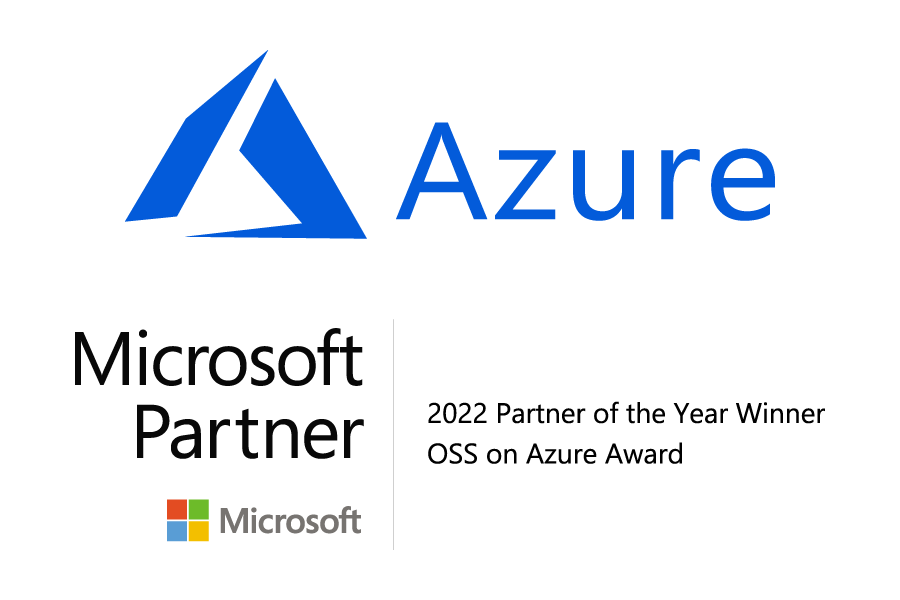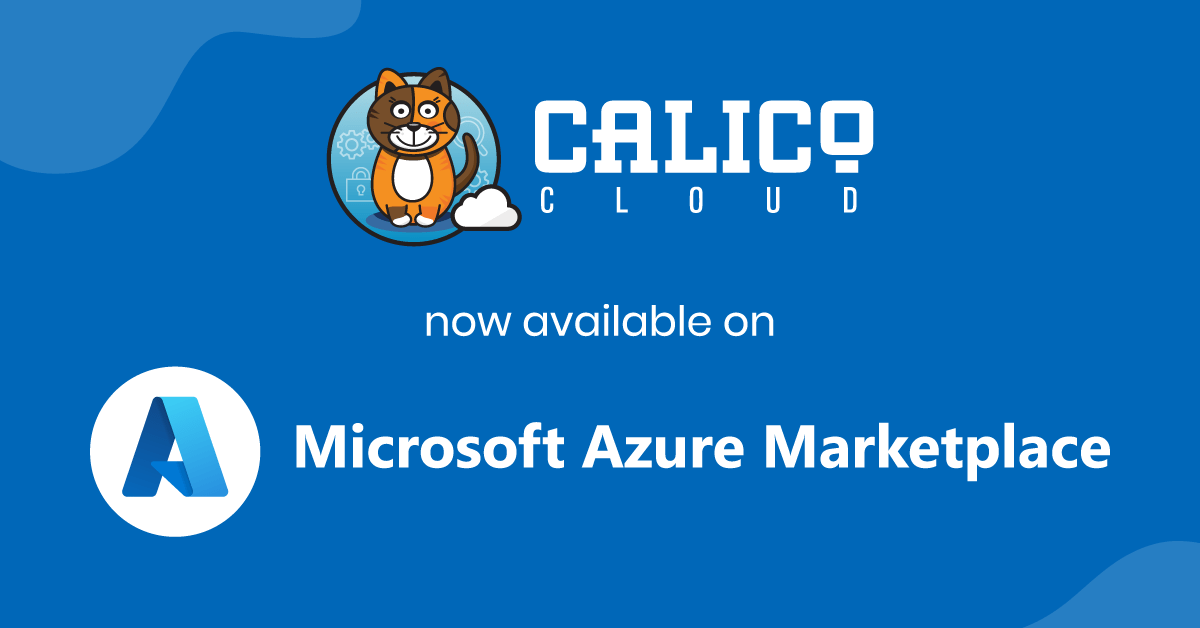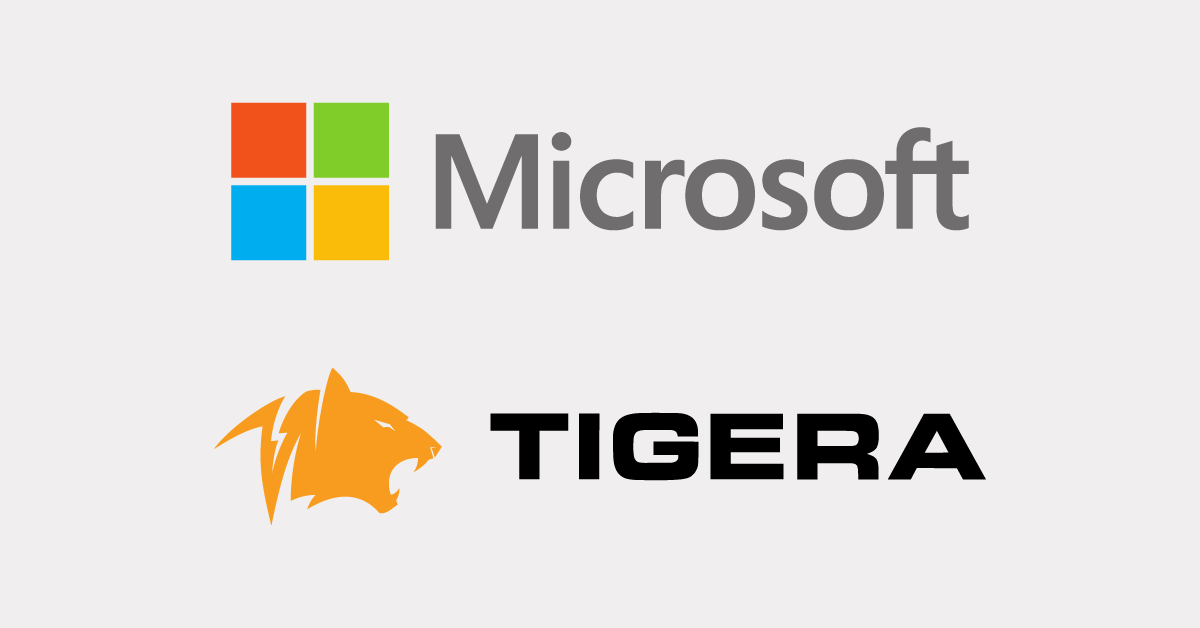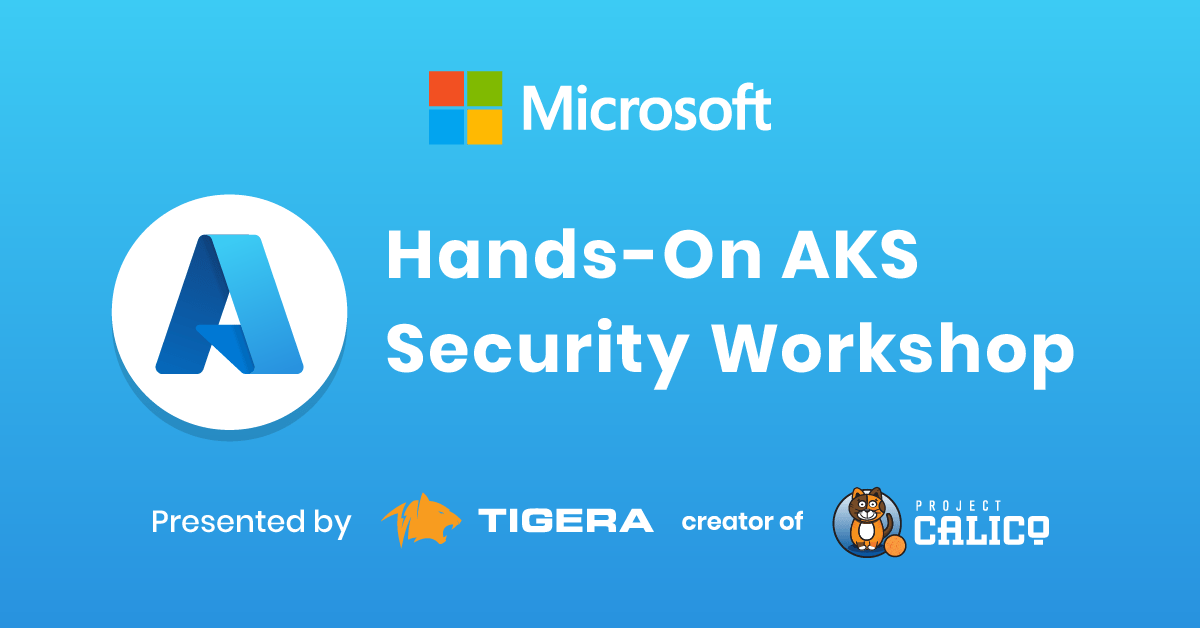Calico helps Microsoft Azure and Azure Kubernetes Service (AKS) users protect their heterogeneous workload environments and Kubernetes, detect threats and achieve continuous compliance. Users can apply a standard set of zero-trust workload access controls, enforce consistent security policies, and have real-time visualization of workload communication across Windows and Linux servers hosting Kubernetes clusters.



